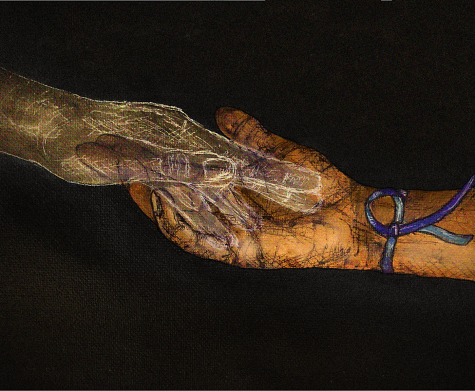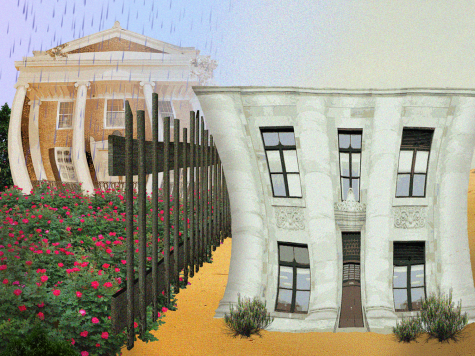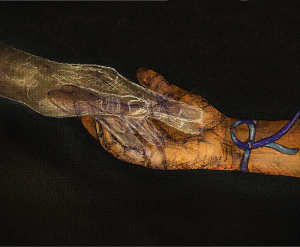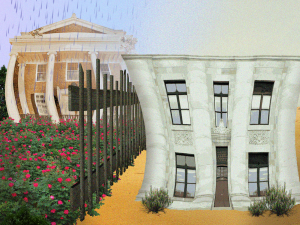Canopies should be installed along campus walkways
October 2, 2022
As a native Texan, I’ve grown accustomed to our state’s inconsistent, unreliable weather patterns. Texas has seen everything from snowstorms and winter freezes to massive hurricanes and tornadoes. Above all, I know Texas for one thing: its brutal heat.
To better protect students from heat exhaustion, UT should install permanent canopies along campus walkways.
As a freshman at UT, I severely underestimated how much I would have to walk in the glaring sunlight. Wearing casual clothing or avoiding the afternoon heat isn’t always a viable option — not to mention the added burden of carrying backpacks, bags and other belongings.
From May to August 2022, Austin logged an astounding 52 days of triple-digit temperatures. These sweltering conditions are less than ideal for UT students. With a 430-plus-acre campus, students are forced to walk while traveling in between dining halls, residence halls, classrooms and apartments.
Rohan Nigudkar, a public health freshman, shared some of his experiences in the Austin heat.
“In my past experiences, there have been a few times in which I’ve experienced just minor heat exhaustion,” Nigudkar said. “I think it happened when I was walking back from my last class of the day and heading to the gym. When I actually got to the gym, I could feel myself breathless, and then I instantly ran to get water.”
Prolonged exposure to the hot and humid campus atmosphere may lead to severe heat exhaustion, with symptoms ranging from nausea and dizziness to dehydration and fainting. With limited shade coverage, UT students run the heightened risk of putting themselves in the crosshairs of these harmful effects.
Veronica Trevino, Assistant Director for Issues Management at FAS, emphasized the University’s approach.
“We understand the Texas heat can be uncomfortable and cause safety issues. There are … several areas on campus with large trees that provide natural shade as well as areas/buildings where permanent structures to block the heat or rain have been placed,” Trevino wrote in a statement.
Although UT has planted shade-bearing trees along campus walkways, such measures are insufficient. Uneven and disproportionate vegetation growth covers some walkways while exposing others to harsh sunlight. With little time and pressing commitments, UT students don’t always have the option to choose the most-shaded pathway to their destination.
“We could use more shade protection,” Rohan said. “I noticed a couple of weeks ago on Party on the Plaza that there were shade coverings or shacks across multiple parts of Speedway to slightly accommodate for the intense heat. I think having something similar of that nature would be beneficial in the long run.”
UT can combat heat exhaustion and bolster convenience by installing permanent outdoor canopy structures in strategic campus locations. UT Project Management and Construction Services could specifically target high-traffic areas such as Speedway and 24th Street. When taken together, these canopies could allow students with long cross-campus walks to enjoy some much-needed shade.
Permanent canopy structures would also make perfect study spots. Whether cramming for tests or finishing assignments, students can appreciate the outdoors while staying out of direct sunlight. Canopies could cater to a variety of college activities.
Walking outdoors is an inescapable caveat of the college experience, but that doesn’t mean students must always contend with Mother Nature’s harsh conditions. The University’s investment in canopy installments could better protect on-the-go students from the heat and create ideal outdoor learning environments.
Gokhale is an undeclared business freshman from Allen, Texas.











